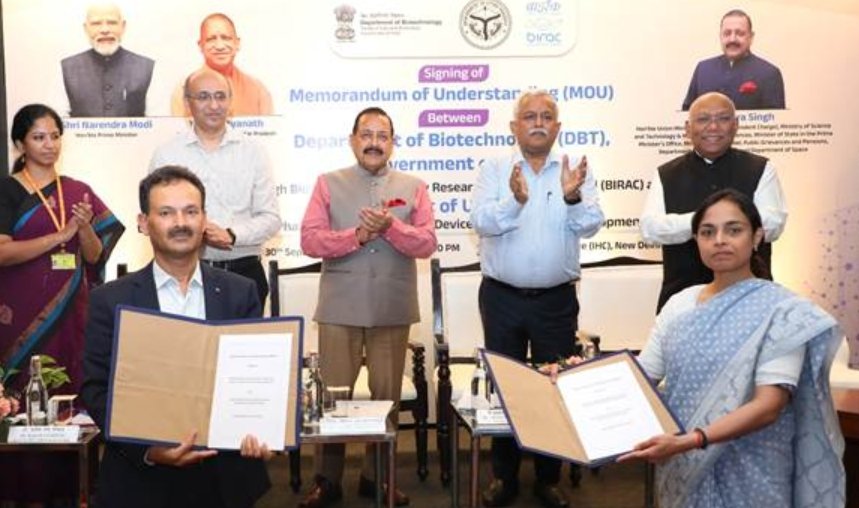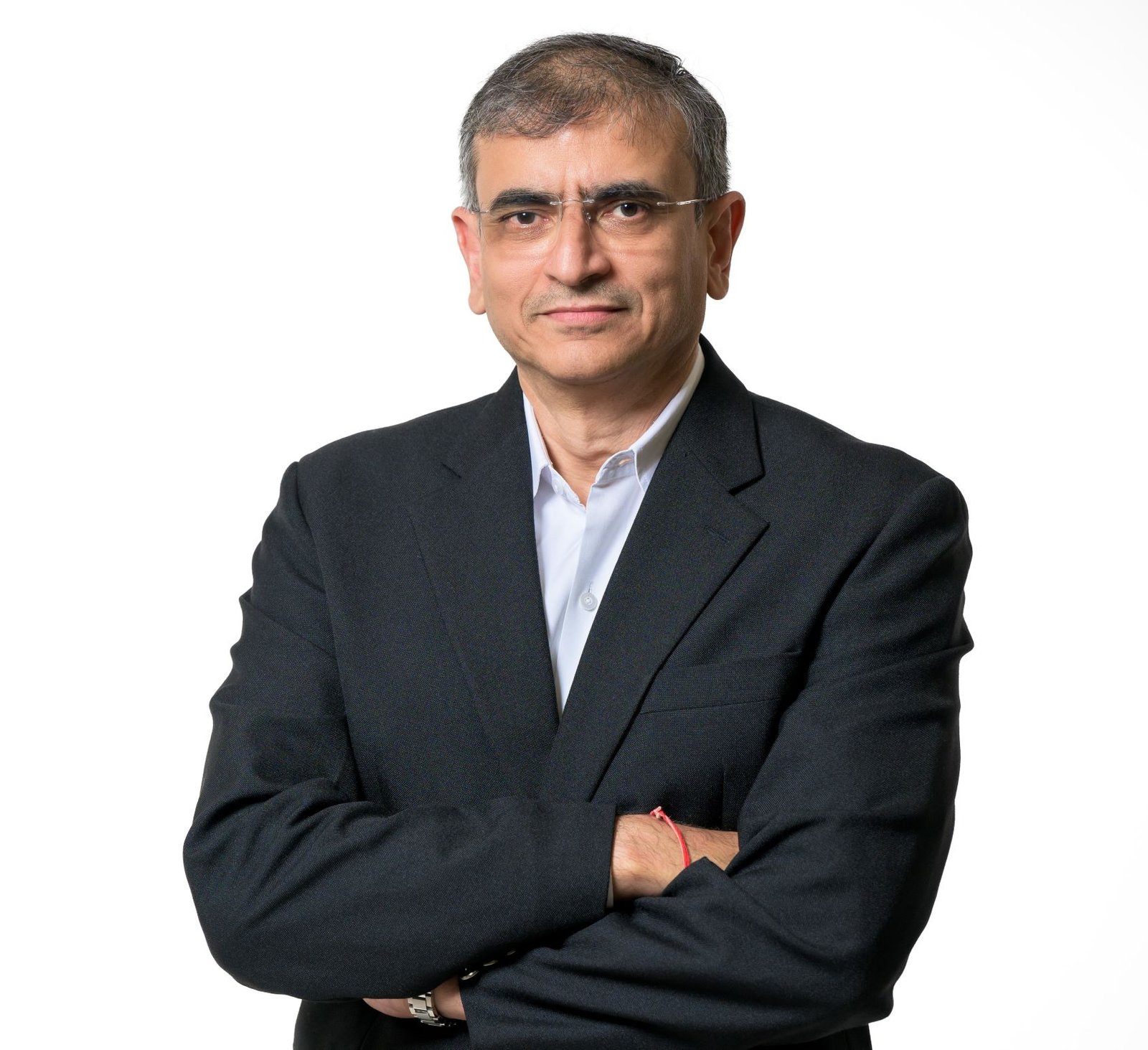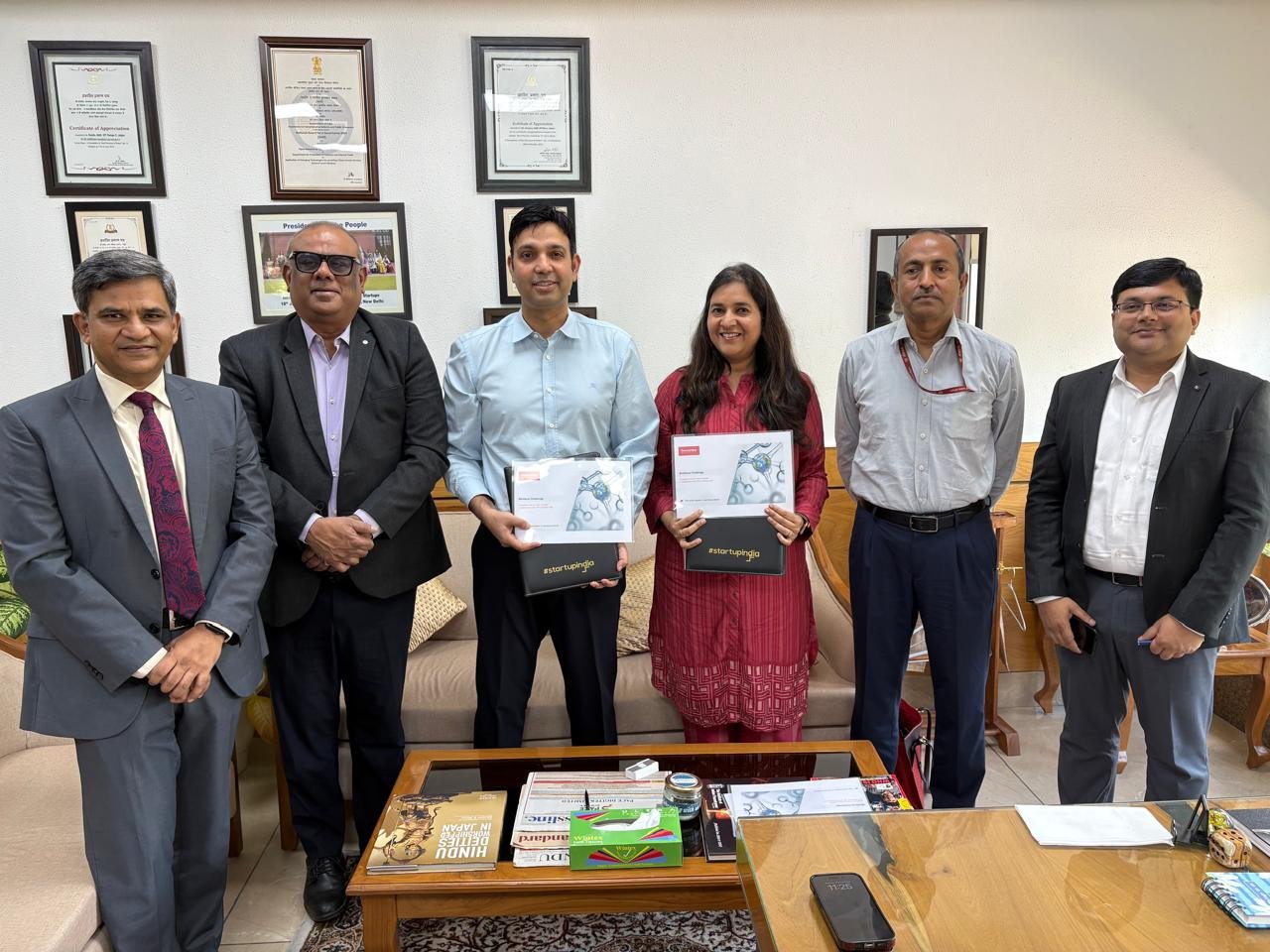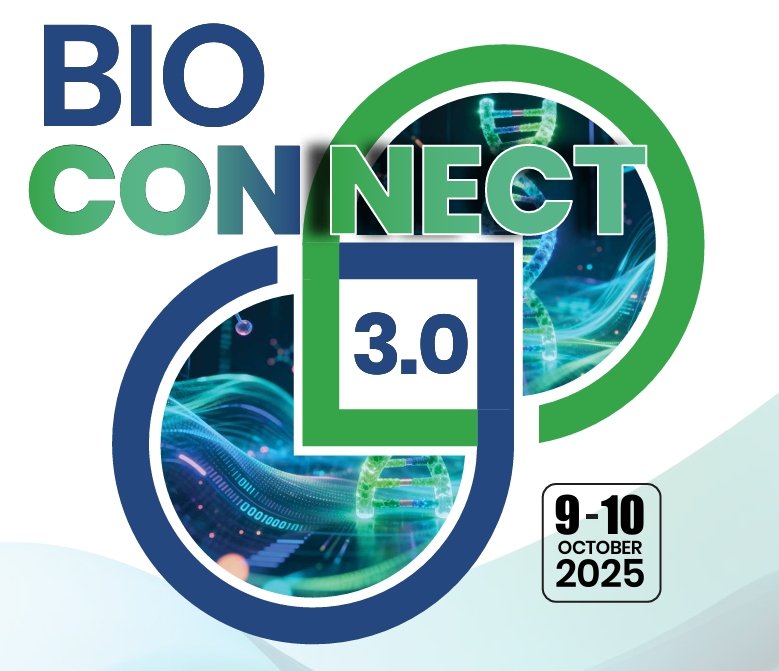Suppliers Interview
November 04, 2004 | Thursday | News
"The Indian Continent Shows the
Highest Growth Rate."
 Corning
produces one of the most comprehensive lines of scientific laboratory products
for life science research. Nils Kan, European sales director, Corning Life
Sciences Division, was in India recently. He shared his views about the
potential of the Indian subcontinent in this area.
Corning
produces one of the most comprehensive lines of scientific laboratory products
for life science research. Nils Kan, European sales director, Corning Life
Sciences Division, was in India recently. He shared his views about the
potential of the Indian subcontinent in this area.
How do you perceive the global and
the Indian life sciences industry?
The existing life sciences industry is very healthy. The numbers in the US and
Europe show a moderate growth. There is a lot of consolidation happening in the
pharma and biotechnology industry.
The Indian continent shows a higher growth rate than the rest
of the world. This is very appealing fact. India, over the last couple of years,
has evolved as a very solid biotech and pharma market. Initially known for
generics, India is now rapidly moving into vaccine manufacturing. I think over
the next five years, India is going to be a power to reckon with in the life
sciences market. All the signals that we are getting from the scientists and the
industry are very positive. India is poised for great things in the biotech
market.
China is also an important country in this region due to the
sheer magnitude of the size and its work force is another hot spot. However, as
far as life science market is concerned, China is trailing India. With time
China is going to be another big hub.
Life Science is an important segment
for Corning. Why is it so and what is the overall focus?
The guiding philosophy of Corning is to be at the forefront and a market leader
in the various sectors it deals with. The life sciences division is one of the
divisions of Corning Inc. We are into technology driven manufacturing with
revenues well over $3.5 billion. Corning is an industry leader in segments such
as optical fibers, liquid crystal display, environmental and of course life
sciences products. We have a lot of core competencies. Some of them are process
engineering, biochemistry, surface modification, plastic and glass
manufacturing. The beauty of Corning is that we can combine technology from our
different divisions and create a product.
In the life sciences segment, we have a bright future ahead
and are projecting to grow by about three or four times over the next couple of
years. Corning is investing heavily in the life sciences division. About 10-11
percent of our revenues are reinvested into research and development. This shows
our focus and commitment towards fundamental and applied research.
How did the tie-up between Corning
and Axygen happen?
Corning has been present in India in an unstructured manner during
the last couple of years. Since India is being regarded as a hot spot in life
sciences, we decided to have a more structured and focused approach in the
Indian life sciences market. We have been looking for a reliable partner with
good market coverage and found that partner in Axygen, which has a good
reputation in the market place. All the customers that I have visited are happy
about the commercial staff and dealer network of Axygen. And Axygen will promote
our cell culture and liquid handling brands.
Rolly Dureha, New Delhi


 Corning
produces one of the most comprehensive lines of scientific laboratory products
for life science research. Nils Kan, European sales director, Corning Life
Sciences Division, was in India recently. He shared his views about the
potential of the Indian subcontinent in this area.
Corning
produces one of the most comprehensive lines of scientific laboratory products
for life science research. Nils Kan, European sales director, Corning Life
Sciences Division, was in India recently. He shared his views about the
potential of the Indian subcontinent in this area.






